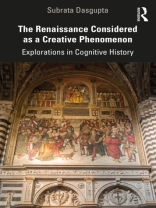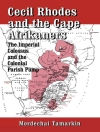By using the fresh investigative language of cognitive history, a symbiosis of the methods of cognitive science and historical inquiry, this book departs from almost all previous approaches to Renaissance studies.
The Renaissance has attracted the attention of distinguished scholars from many different vantage points – political, social, economic, intellectual, and cultural. In this volume, Subrata Dasgupta sheds an alternative light on the Renaissance by considering it as a creative phenomenon. To be creative is to make history by producing material and/or abstract artifacts that are both new and consequential; to be creative also entails drawing on history and on the culture of the time. Most significantly, the creative process occurs in individual minds: it is a cognitive process of a very special kind. Beginning with a ‘prehistory’ set in classical Greece and medieval Islam, this book explores a variety of inventions and discoveries through the 14th–16th centuries, mainly in Italy, in humanities, painting, architecture, craft technology, anatomy, natural science, and engineering.
This book will be of interest not only to Renaissance scholars but also to students interested in Renaissance history and the nature of the creative tradition.












